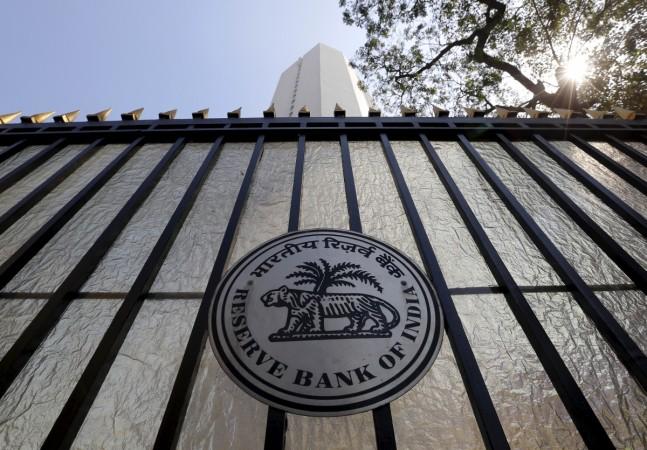
India's current account deficit (CAD), essentially a cumulative data on trade in goods, services, income and transfers, fell to $7.1 billion (1.3 percent of the GDP) in the Oct-Dec quarter of 2015, said a statement by the Reserve Bank of India. In the July-Sep quarter in 2015, it stood at $8.7 billion (1.7 percent of GDP).
Over the previous quarter in 2015, a reduction in the CAD was primarily on account of lower trade deficit that stood at $34 billion as against $37.4 billion. In the same time frame, private transfer receipts, popularly known as the remittances by Indians employed overseas, declined too and stood at $15.3 billion. Net services receipt was the only rise the CAD saw over the last quarter, said the statement.
On the capital account data, foreign direct investment (FDI) inflows grew over the preceding quarter. The RBI report stated that "after moderating in Q2 (July-Sep), net foreign direct investment again picked up and stood at $10.8 billion in Q3 (Oct-Dec)." Foreign portfolio investment (FPI), however, saw a marginal outflow of $0.2 billion. It had set a record of sorts reaching $3.5 billion in the preceding quarter of July-Sep 2015.
Overall Balance of Payment (BoP) data for the Oct-Dec quarter indicated that the net foreign exchange reserves increased by $4.1 billion in the third quarter of 2015-2016.
9-months timeframe
However, in April-December time-frame, the CAD was seen narrowing to 1.4 percent of the GDP versus 1.7 percent in the corresponding period of 2014-2015. This decline is again a fall-out of the long term trade deficit, said the RBI statement.
India's trade deficit narrowed to $105.6 billion in April-December 2015 from $ 113.4 billion during the same period of 2014-2015.
On the capital account side, net FDI inflows during April-December 2015 rose sharply by 24.8 percent over the level during the corresponding period of the previous year. FPI, however, recorded a net outflow $3.7 billion during April-December 2015 as against a net inflow of $28.5 billion last year.
The BoP data for the nine-month period saw an accretion of $14.6 billion to foreign exchange reserves as compared with $31.3 billion in the corresponding period of 2014-2015.











